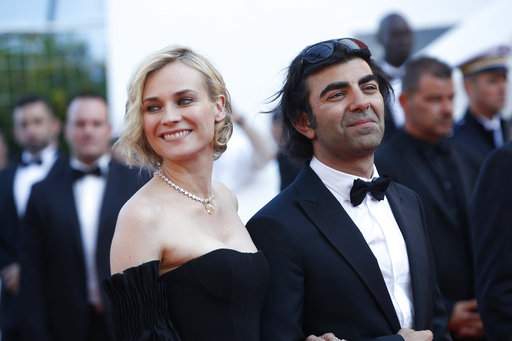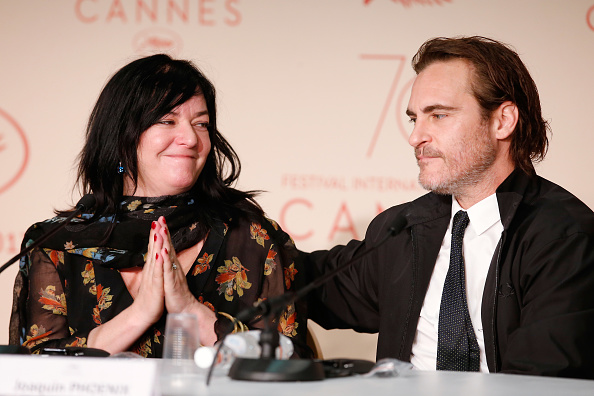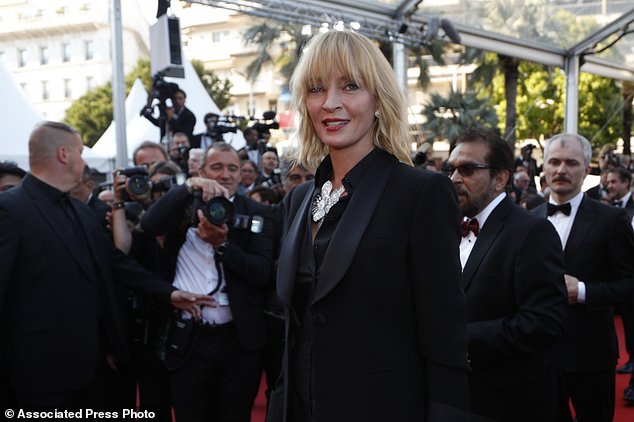
International Computer Magazine
|
Swedish art gallery satire wins Palme d’Or |
|
The art world satire the Square has won the Palme d’Or at the 2017 Cannes Film festival. Directed by Ruben Ostlund, The Square is about a museum director who is desperate to make a success of his gallery, and stages a new installation called “The Square” to promote it. Swedish film, The Square was well received after its debut on May 19, earning a string of glowing reviews. The Guardian’s Peter Bradshaw gave it four stars, saying it created “some gobsmackingly weird and outrageous spectacle, with moments of pure showstopping freakiness”. The Square’s victory somewhat upset the formbook, as much attention appeared to be focusing on Andrei Zvyagintsev’s eerie fable Loveless, an apocalyptic study of a failed marriage and the subsequent disappearance of a child, and Robin Campillo’s 120 Beats per Minute, about the French arm of the Aids activist Act-Up movement. In the end they were awarded the jury prize and grand prix respectively, the festival’s notional third and second prizes. The Square is set in Stockholm, and it’s |
|
about the chief curator of a prestigious art museum. Christian(Claes Bang), tall and impeccable, with red framed glasses and swept back hair, is handsome enough to evoke the young Pierce Brosnan. He glides through the world with expensive self-confidence, yet from the opening scene things start to go wrong for him. There are two reasons for that. He is, as it turns out, a bit of a boob, and the form his boobism takes is that he is in total denial of what a privileged, passive hypocrite he is. “Force Majeure” was like an X-ray into everything gone wrong in the relationship between men and women, with special emphasis on the insidious wimpiness of the 21st century post-feminist male. The entire movie spun out of a random yet telling incident: a fluky avalanche during a family ski trip, which caused the husband to reflexively run for cover rather than protecting his wife and children. The Square too builds out of a cataclysm that erupts out of nowhere. Christian is strolling to work in the middle of morning rush hour when a woman starts to shout, “He is going to kill me!” Sure enough, a |
|
brute of a boyfriend comes at her, but pedestrian blocks his way, and Christian lends a hand. It’s only when the two saviors are done congratulating each other that Christian realizes that his wallet, cell phone and heirloom cuff links have all been stolen. The whole thing was a set up, and Christian will be damned if he is going to let some petty crooks get away with that. At the X Royal museum, housed in a former palace, he and his team are busy putting together a new exhibit called The Square, which is all about lionizing the space-a literal square-that everyone in society shares, the palace where we must all look out for each other. It’s a symbol of the basic social contract, but Ostlund is out to demonstrate that the world is fast losing that impulse. Christian’s private life is little explored for a long while, until he finally engages in a one night stand with an American Journalist (Elisabeth Moss). What’s perhaps most impressive about Ostlund’s evolving style as a filmmaker and social commentator is his compulsion to |
|
enrich every scene he creates with a multitude of tones and nuances across the serio-comic spectrum. Critics hailed the movie by writer director Ruben Ostlund as “high wire cinema” that veers between comedy and thriller with moments of pure surrealism, though some said it could easily have shed part of its 2 hours and 22 minutes running time. The film’s highlight is a dinner for the museum’s well to do patrons, with a performance artist leaping from table to table impersonating an ape ina bizarre,tense and ultimately violent scene. Spanish filmmaker Pedro Almodovar, who headed the jury of nine people that included Hollywood stars Will Smith and Jessica Chastain, said the film was about “the dictatorship of being politically correct”. It truly is a potent, disturbing work that explores the boundaries of political correctness, artistic liberty and free speech in provocative ways and must receive significant exposure internationally. Sarika |
    |